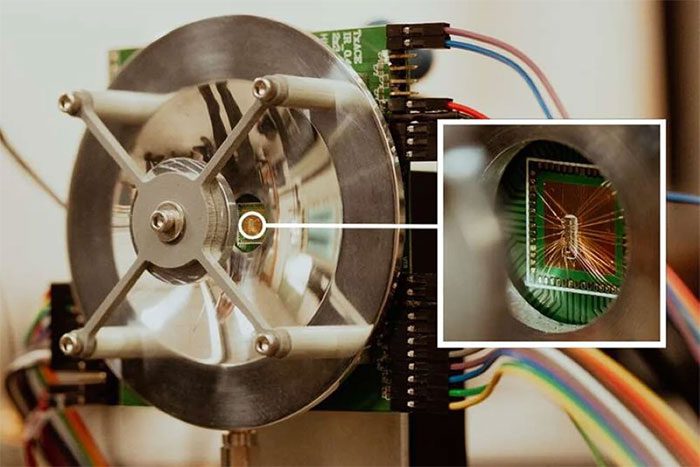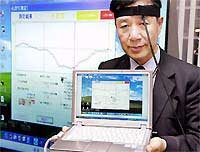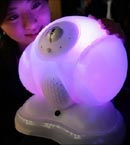Researchers at the University of Texas and Oklahoma State University (USA) have developed an imaging chip.
This technology enables devices to detect objects and generate images through obstacles such as fog, smoke, dust, and snow.
The team is currently working on a device for industrial applications that require imaging at distances of up to 20 meters. This technology can also be adapted for use in automobiles.

Researchers have designed imaging technology using complementary metal-oxide-semiconductor (CMOS).
This advancement assists drivers or autonomous vehicle systems in navigating through hazardous conditions that impair visibility. For instance, on a car’s display, the technology can outline and shape the pixels of objects, such as another vehicle or a pedestrian.
“This technology allows users to see in environments with reduced visibility. For example, in industrial settings, devices using the chip can help inspect packaging.
Thus, it controls the production process, monitors humidity, or sees through steam. If the user is a firefighter, the technology can help see through smoke and fire,” said Dr. Kenneth K. O from the Erik Jonsson School of Engineering and Computer Science.
The chip emits a terahertz radiation beam (430 GHz) from pixels no larger than a grain of sand. These beams can penetrate fog, dust, and other obstacles that optical light cannot pass through.
The beams then bounce off objects and return to the chip, where signals are received to create images. Without the use of external lenses, the terahertz camera consists of the chip and reflective mirrors. This design enhances distance and image quality while reducing power consumption.
Researchers have designed imaging technology using complementary metal-oxide-semiconductor (CMOS). This type of integrated circuit technology is widely used to produce consumer electronics. This research team is among the first to demonstrate that CMOS technology is entirely feasible.
Dr. Wooyeol Choi, an assistant professor of electrical and computer engineering at Oklahoma State University, stated: “The key to the terahertz camera is creating small, low-power pixels. You need to integrate the transmitter, receiver, and antenna in such a small area.”
Meanwhile, Dr. Swaminathan Sankaran, Director of Design and Engineering Staff at TI Kilby Labs, mentioned: “The University of Texas and Oklahoma State University continue to explore technological innovations that will help shape the future.
This new research paves the way for improving raw angle resolution and system integration at low cost and energy.”




















































